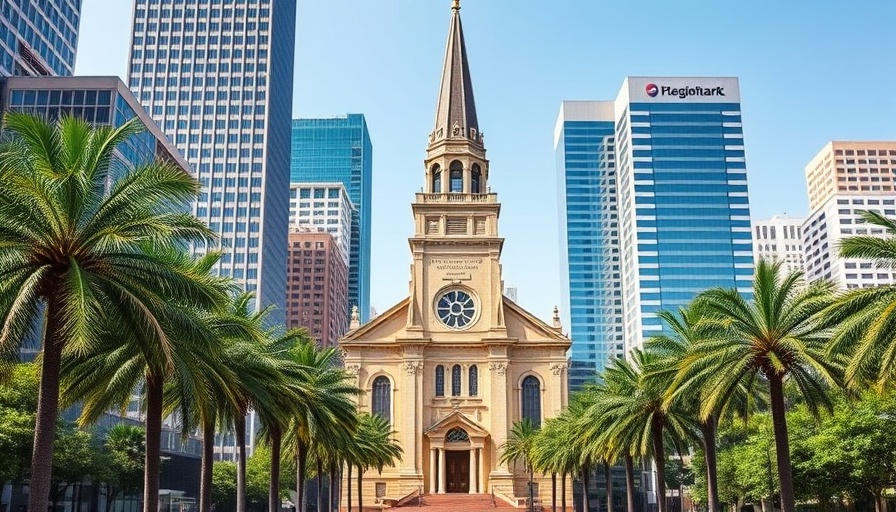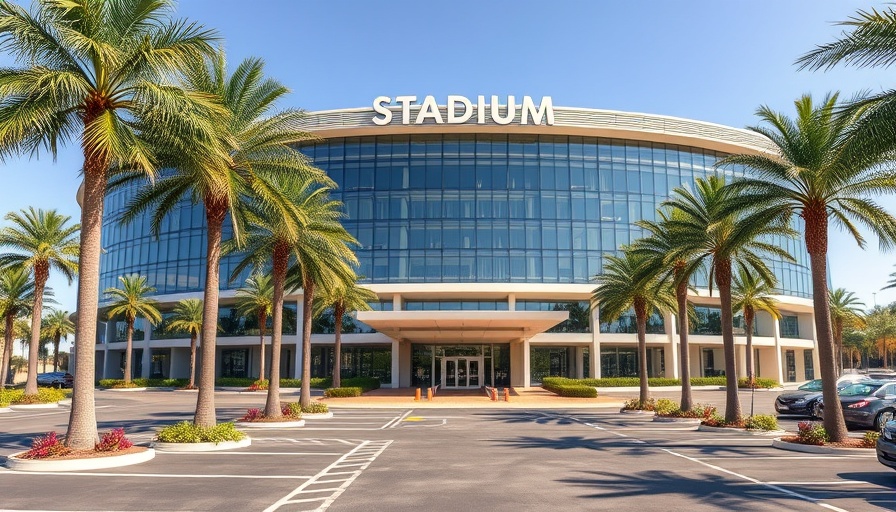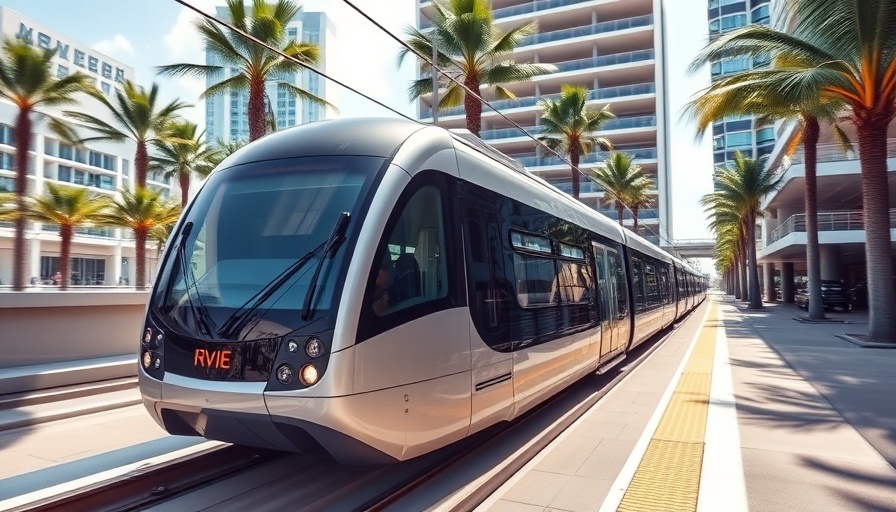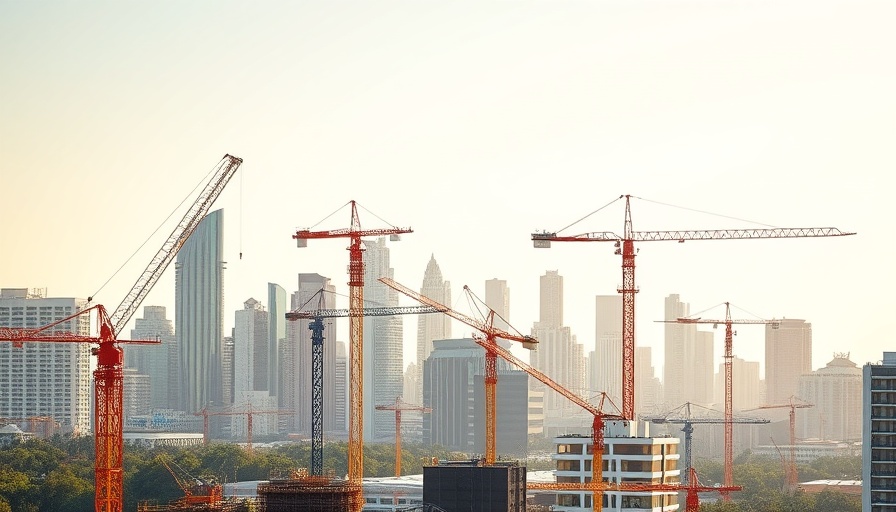
Condo Development on the Rise: A Look at Miami's Urban Landscape
In the heart of Miami, an ambitious condominium project is set to transform the skyline. A planned 80-story condo may soon replace part of the historic First Presbyterian Church, raising eyebrows and sparking discussions among residents and urban planners alike. This move is emblematic of Miami's current trend towards high-density living, where developers often prioritize residential units to cater to the growing population.
The Value of Urban Living: Exploring Miami's Development Trends
Miami's real estate market is booming, driven by an influx of new residents and investors. This condo development could provide much-needed housing in a city where the demand often outstrips supply. However, as new buildings rise, questions about the preservation of historic sites and community spaces come to the forefront.
Balancing Heritage with Progress: The Case of First Presbyterian Church
The historic First Presbyterian Church has been a staple in the community since its founding. As the church faces potential demolition, local community members are voicing concern. Many argue that while growth is necessary, it should not come at the cost of losing cultural landmarks. This tension between preserving history and accommodating modern needs is a theme that resonates throughout urban development discussions.
Future Trends: What High-Rise Living Means for Miami
As more luxury condos dot the Miami skyline, what does this mean for the average citizen? This trend could lead to increased property values and consequently, further gentrification, making it essential for city planners to consider affordable housing options. Community feedback is crucial to ensure that development benefits not just a few, but the entire city.
Residents Speak: Voices from the Community
Individuals invested in the future of Miami are expressing a mix of excitement and apprehension about the new condo. Some view the high-rise as an opportunity for economic growth and rejuvenation of the area, while others fear it will exacerbate housing shortages and push out longtime residents. Neighborhood forums are buzzing with opinions, reflecting the diverse perspectives of Miami's populace.
Conclusion: The Importance of Collective Input in Development
The proposed 80-story condo is more than just another construction project; it represents a crossroads for Miami's identity and community values. As the city continues to expand, it is essential for residents, developers, and city officials to work collaboratively to find a balance that honors both growth and tradition.
Residents are encouraged to attend upcoming planning meetings to voice their opinions and concerns—your voice matters in shaping the future of Miami.
 Add Row
Add Row  Add
Add 




Write A Comment